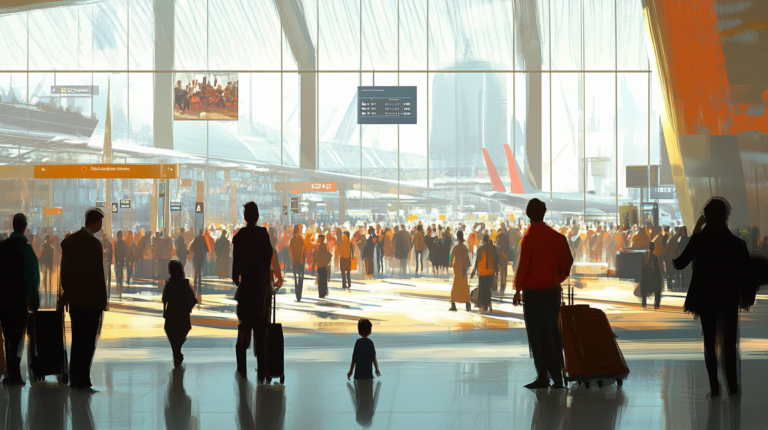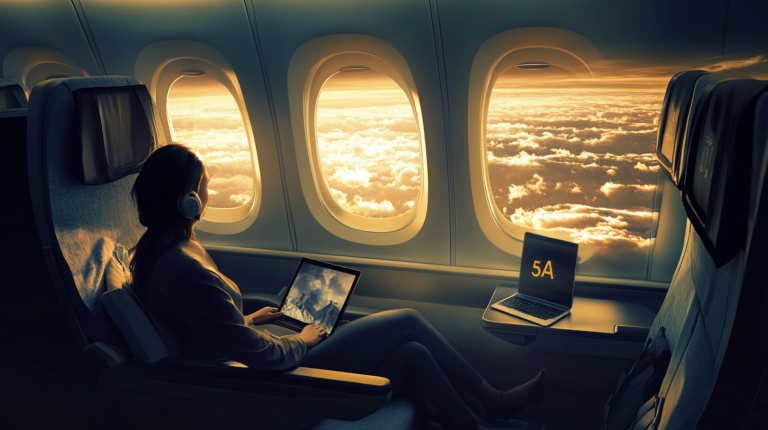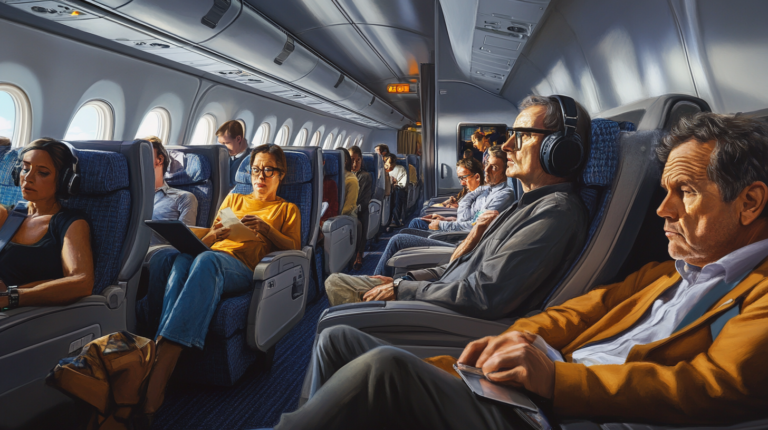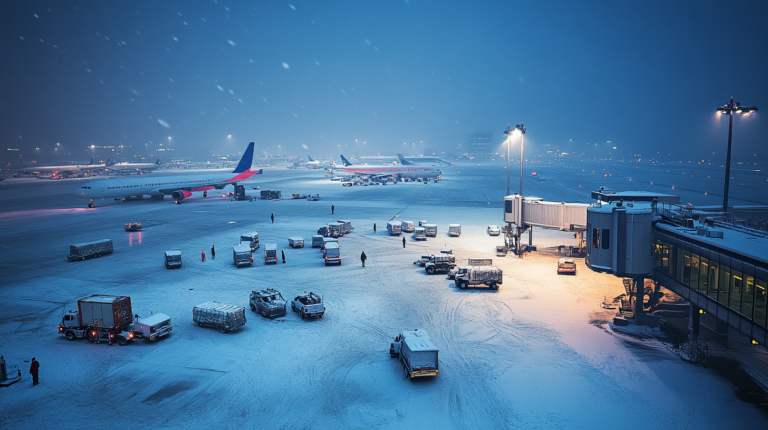The Soaring World of Business Travel Spending

I’ve always been intrigued by how quickly the global business travel sector has bounced back and reinvented itself. Even with remote meetings on the rise, there’s a palpable buzz when colleagues or clients gather in person—an energy you just can’t replicate through a screen. Recent industry data indicates that by 2025, businesses will have spent around $1.57 trillion on travel, a figure that could top $2 trillion by 2029. Economists point to a 9.5% compound annual growth rate (CAGR), suggesting the market may climb from $689.7 billion in 2021 to a projected $2.1 trillion by 2031. It’s an enormous undertaking that keeps evolving, and I relish every opportunity to see its next chapter unfold.
1. A Remarkable Rebound

Just a few years ago, many experts predicted a permanent shift to virtual discussions and online collaboration. Yet here we are in 2025, watching corporate travel budgets surge past where they stood pre-pandemic. Service-oriented industries, in particular, are logging a sharp increase in meeting requests, job fairs, and partnerships that blossom only through real-world interaction. I’ve observed that lodging and meals still command the lion’s share of these budgets, underscoring how in-person networking often brings value that can’t be replicated with chat rooms and video calls.
I recall seeing this rebound firsthand when I attended a major tech expo. Not only were the booths packed with eager visitors, but corporations seemed more generous with accommodations—opting for mid- to high-range hotels that prioritize traveler wellness. According to a recent study, service sectors continue to thrive, while manufacturers grapple with supply chain issues. In either case, it’s a sign that business travel is moving ahead with renewed vigor, driven by a recognition that face-to-face communication speeds up deal-making in a pretty dramatic way.
2. Bleisure and Tech Solutions

Combining leisure with work—sometimes called “bleisure”—keeps growing fast as companies realize travelers crave more than just conference rooms. In my own travels, I’ve enjoyed exploring a city’s culinary scene or historical landmarks after fulfilling my work obligations. A recent survey suggests that nearly 70% of corporate travelers now extend their trips for personal enjoyment. This approach not only refreshes the mind but also boosts morale, allowing us to return to work projects with fresh energy.
On the tech side, I’ve noticed everything from streamlined booking apps to virtual payment systems making each leg of the journey smoother. Gone are the days of paper tickets and messy expense receipts. According to industry data, the adoption of booking platforms with personalized recommendations has jumped by 40% over the past two years. It’s exciting to see how digital innovations deliver extra convenience, especially when we can book flights, navigate airports, and find local hotspots using just our smartphones.
3. Younger Professionals and Women on the Go

Business travel demographics have changed since I first started keeping track, with more women and millennials eager to head out on the road or into the skies. It’s about time. The latest U.S. forecasts suggest domestic business trips will hit 447 million this year, with spending averaging around $1,018 per trip. Plenty of that growth reflects younger professionals who travel nearly twice a month, seeking flexible schedules that blend personal interests with workplace needs.
In my own circles, I’ve seen how younger generations bring a tech-savvy flair to planning itineraries. They want mobile apps that track every detail, from flight changes to local ride-sharing options. Women, in particular, have made a notable impact on style and substance. More businesses are introducing family-friendly policies or child care stipends, recognizing that half of their traveling workforce might be juggling multiple roles. It’s a pivotal moment, and I’m thrilled to see workplaces evolve in ways that better support the personal aspects of travel.
4. Face-to-Face Is Still King

Despite the many benefits of virtual collaboration, I find there’s no substitute for an in-person handshake. Seeing someone’s facial expressions, sharing a meal, or just running into potential partners in a hotel lobby often sparks the best ideas. While day-to-day updates can work fine over Slack or Zoom, the big deals still seem to close faster when we meet face-to-face. According to a recent industry analysis, more than 60% of high-stakes negotiations conclude more successfully when both parties share a physical space.
I’ve observed this advantage in action during conferences, where impromptu introductions carry fewer barriers. Those small talk moments can blossom into valued relationships. Time and again, I’ve found in-person meetings can tip the scale in forging valuable alliances and trust. Ultimately, travel—and all the logistical investments that go along with it—remains a strategic move that many companies are willing to embrace for the long haul.
5. Navigating Budgets and Sustainability

With spending reaching new heights, I’ve watched organizations become more meticulous about cost management, using software tools that optimize routes, hotels, and ticket prices. A lot of these solutions also address employee safety, factoring in geopolitical risks and health protocols. Given the budget jumps, it’s no surprise that CFOs want a clearer view of every overnight stay and flight booking. They’re also encouraging staff to plan itineraries more productively—rotating meetings to reduce multiple commutes and sustain better work-life balance.
Meanwhile, sustainability has emerged as a top priority. In my interactions with green travel startups, I’ve come across sustainable aviation fuels, carbon offset initiatives, and eco-friendly accommodations becoming standard offerings. The concept of corporate social responsibility plays a growing role, too. Businesses realize they can’t just send employees around the world without considering emission levels or local environmental impact. Being transparent about these initiatives goes a long way in proving that travel can be both an economic engine and a responsible endeavor.
Final Thoughts

Overall, it’s an exciting and transformative time for anyone keeping a close eye on business travel. The industry is adapting to new preferences and innovative technologies while returning to the core principle that face-to-face interactions matter. From bleisure trips that blend leisure with work, to data-driven travel policies that keep costs under control, each shift underscores just how resilient and forward-thinking our travel ecosystem is.
Looking ahead, I expect more travelers will demand convenience and personal empowerment, compelling companies and service providers to elevate their game. The remarkable rebound has shown that even the strongest headwinds can’t suppress our longing to explore and connect in tangible ways. Whether it’s forging new clients, attending cutting-edge conferences, or simply bonding with colleagues, the energy that in-person collaboration fosters is undeniably powerful.
Amelia Yeaher’s Take
In my view, the continued evolution of corporate travel is a testament to our collective desire for real, human interaction. We can have all the immersive technologies in the world, but sometimes you need to stand in the same room to truly understand each other.
I’ve noticed that this trend thrives on shared momentum: as more of us experience the value of being there in person, the appetite for business travel only grows. It’s an exciting cycle—one that I believe will soon lead to even more creative ways of making journeys rewarding, productive, and responsible.






